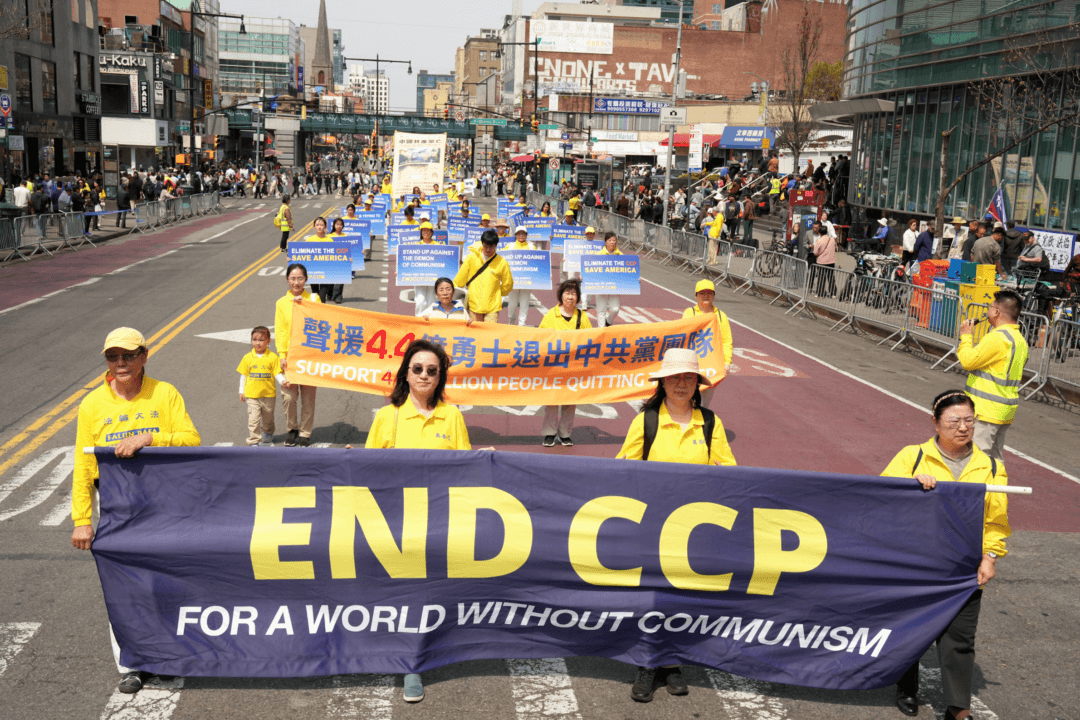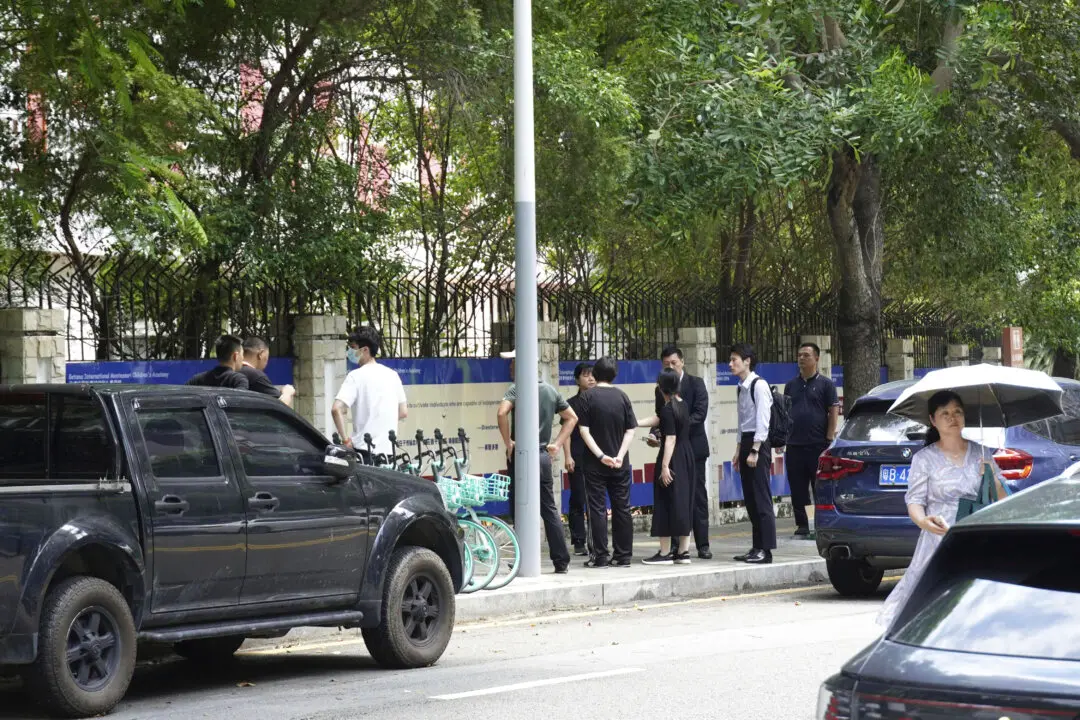NEW YORK— New Yorkers built miniature models of green roofs, donated bikes, swapped clothes, and picked up ways to reduce their carbon footprint at GreenHomeNYC’s second annual The New New York Block Party on North 11th Street in Williamsburg, Brooklyn, on Saturday.
“We created this event as a way to help New Yorkers be inspired and have fun learning about green buildings and sustainability,” said Alison Novak, a board member of GreenHomeNYC.
Event planning begins with the new year, and the block party is held in October—in a different neighborhood every fall.
“It’s a block party. We want to sort of gather the neighbors, people who wouldn’t necessarily go to a convention about green buildings or join a club,” Novak said of the flyer-less event. “This is kind of a way for them to learn without having to put too much investment into it.”
“Last year we had 1,500 people come and 70 vendors,” Novak added. “We talked about a few different neighborhoods [for next year], but we’re not sure yet. We’d like to be able to do it outside of Brooklyn. Brooklyn is sort of the neighborhood the organizers know best, so we’re trying to decide if maybe it’ll be Manhattan or somewhere else.”
Not Just Weeds
The street fair was held in Gowanus last year. David Seiter from Future Green Studio—the only green business on the block last year—returned this year with an installation depicting native plants of NYC.
“[The plants] grow up through the cracks, in post-industrial landscapes. They colonize in areas that they wouldn’t traditionally be colonized in, just because the ones that are known to thrive are extremely drought-tolerant, require very little soil, and the seeds can often be laid for 200 years before germinating,” Seiter said.
“We’re trying to get people to recognize that these plants actually serve as kind of micro water infrastructures. But, they’re often looked at as weeds, as a negative thing, so we’re trying to change that cultural perception,” he added.
Beekeeping
“I’m just here to share, answer questions, [and] encourage people to give it a try,” he said. ONeal brought bees and honey, encouraging people to sign up for his mailing list and look into the beekeeping classes offered in the winter.
“It’s fun,” he said of beekeeping. “I don’t even like honey that much. I leave most of it for the bees and what I do get I generally give away to family and friends.”
Green Roofs
Green roofs were a popular subject in the street fair. Inger Staggs Yancey, founder of Brooklyn Greenroof, brought sedum, soil, and miniature components of the materials needed to build a green roof.
“First you put down this—it’s like a waterproof mat, a barrier. Next you want the drainage layer, so there’s an air pocket for the water to drain out—and that keeps soil from getting into your drain. Next you want a water retention mat, so you only need about an inch and a half of soil and still [are able to] keep it damp,” her son Gavin said, explaining how to put the pieces together.
Marni Majorelle of Alive Structures encouraged using native plants in green roofs, living walls, and other ecological structures like rain gardens.
“There are energy savings: The waterproofing of your roof lasts much, much longer—double the lifespan—because there’s no thermal shock anymore,” said Majorelle. “Then there are a ton of environmental benefits, like reducing air pollution and storm water benefits—every time it rains in this city there’s overflow. And there’s also a tax rebate.”
“We have a real emphasis on nature and trying to create natural habitats in pockets wherever we can,” she added.





